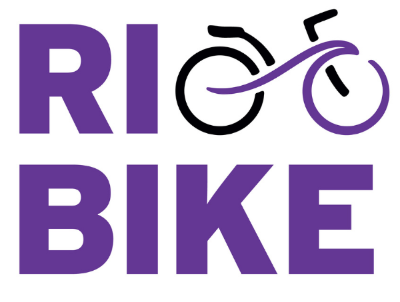 Here’s a link to the study cited in the article:
Here’s a link to the study cited in the article:
http://www.itdp.org/documents/European_Parking_U-Turn.pdf
TRANSPORTATION: Reducing parking spaces helps cities cut auto emissions
(01/24/2011)
(Embedded image moved to file: pic28685.gif)
Tiffany Stecker, E&E reporter
With bicycle share schemes, smoothly running metros and pedestrian-only
streets, Europe has an edge over the New World when it comes to
alternatives to automobile transportation. A new study reveals that
Europe has success with another tool designed to remove people from
their cars: subtracting parking spaces.
Because every vehicle trip must end in a parking space, limiting parking
through economic and policy changes has significantly reduced miles
driven in 10 European cities, according to “Europe’s Parking U-Turn:
from Accommodation to Regulation,” published by the New York City-based
Institute for Transportation and Development Policy (ITDP).
On- and off-street parking is ultimately controlled by municipalities,
and decisions at the local level can help boost citizens’ adoption of
car alternatives. In the cities studied, which range from Antwerp,
Belgium, to Zurich, researchers assessed how parking policies have
shifted to fit in with “alternative social goals,” including walking,
bicycling and increasing park and community space.
“European cities demonstrate that if you make a city center more
convenient, people won’t think that driving is the best and only
alternative,” said Michael Kodransky, co-author of the study and global
research manager with ITDP.
Optimally, parking lots should always be 85 percent full to help reduce
cruising for a parking space, said the study. The coordination of
on-street parking supply with off-street parking supply through pricing
structures is essential.
Europeans try ‘cap and trade’ with parking
Shrinking the number of parking spaces also helps. Hamburg, Germany and
Zurich implemented a kind of “cap and trade” of parking spots, where for
every off-street spot built, an on-street parking spot was converted
into park or community space. Many cities in the study also abolished
minimum parking standards for new developments, instead enforcing a
maximum allowance. Zoning planners also gave priority access to popular
spaces to pedestrians and public transit users.
Paris even invested €15 million ($20 million in physical blocks like
bollards to prevent cars from parking. London was the only city in the
study to charge parked vehicles based on their level of carbon
emissions.
The results are positive. Take Amsterdam, a city that saw a 20 percent
reduction in car traffic in the inner city, as well as a 20 percent
decrease in traffic searching for a place to park, since strict parking
enforcements were implemented. In Copenhagen, Denmark, traffic dropped
by 6 percent in five years, despite a 13 percent increase in car
ownership over the same period.
Parking charges are less controversial than congestion charges — a tax
to drive in city centers during peak hours — and more likely to pass in
a vote, said Kodransky.
Dealing with parking is also politically challenging, he added, but the
public is more likely to accept it if they know that the revenues will
be used to make public spaces more pleasant — in Barcelona, Spain, 100
percent goes to the bike share scheme, for example.
Parking regulations work best when done in concert with other policies,
said Deron Lovaas, federal transportation policy director at the Natural
Resources Defense Council.
“They have to be part of a package, and that has to be communicated to
consumers,” he said.
He added that the measuring of vehicle miles is a fair reflection of how
emissions might stack up. “It doesn’t make much sense to rank them in
isolation,” he said.
American cities mandate space availability
The fact that this study was done in Europe “points to the likelihood
that there hasn’t been much progress at all” in the United States, said
Lovaas.
However, Donald Shoup, a professor of urban planning at the University
of California, Los Angeles, says that some cities have shown efforts to
reduce car use through parking enforcement.
One example is in Washington, D.C., where council member Tommy Wells
introduced a performance parking pilot program almost three years ago
that set higher meter rates around the city’s baseball stadium.
“On every block there should be one vacant place,” said Shoup. “If
there’s no vacant place, the price is too low.”
Shoup is a leader in the field of limiting parking for smart growth. His
2005 book “The High Cost of Free Parking” has garnered ardent followers,
or “Shoupistas,” according to Lovaas.
He adds that city zoning rules have traditionally mandated a minimum
amount of parking. Now, governments must instead demand a maximum number
of spaces in order to cut car dependency.
“It isn’t as though there wasn’t any regulation; the regulation is to
require a lot of parking,” said Schoup. “We’ve been regulating badly;
our regulations have done a lot of damage.”
